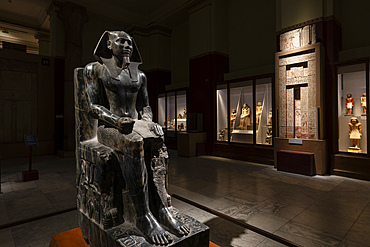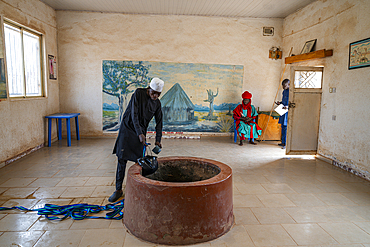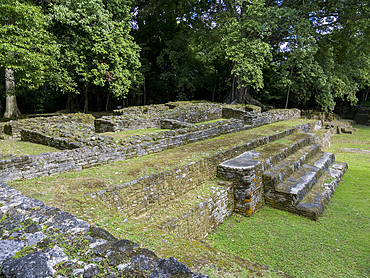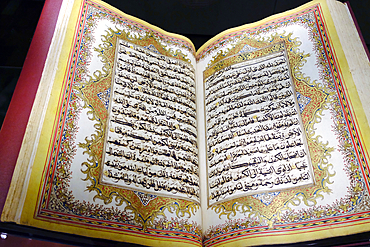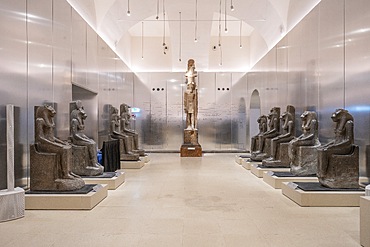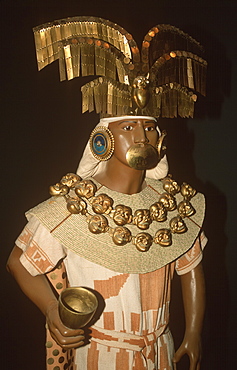Results
25 results found
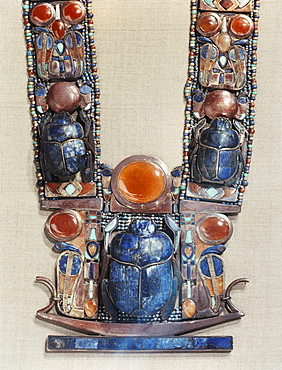
Pendant in the form of a boat showing a scarab, the symbol of the god's resurrection, flanked by two royal serpents, from the tomb of the pharaoh Tutankhamun, discovered in the Valley of the Kings, Thebes, Egypt, North Africa, Africa
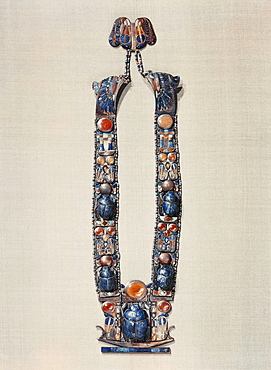
Necklace with pendant in the form of a boat showing a scarab, the symbol of the god's resurrection, flanked by two royal serpents, from the tomb of the pharaoh Tutankhamun, discovered in the Valley of the Kings, Thebes, Egypt, North Africa, Africa
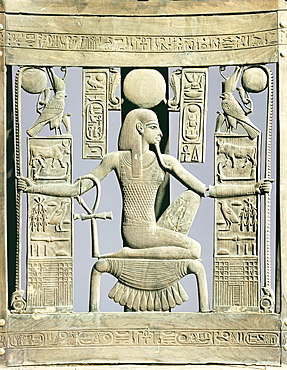
Detail of the back of a chair decorated with royal names and with the spirit of millions of years, from the tomb of the pharaoh Tutankhamun, discovered in the Valley of the Kings, Thebes, Egypt, North Africa, Africa

The gilt throne, the back decorated with a scene showing the royal couple, from the tomb of the pharaoh Tutankhamun, discovered in the Valley of the Kings, Thebes, Egypt, North Africa, Africa
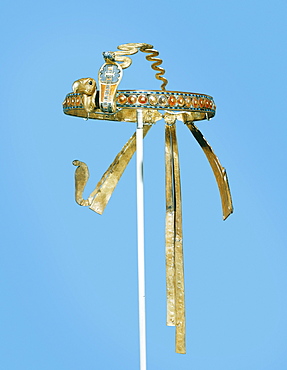
Royal diadem found on the king's mummy, with the vulture of the South and the cobra of the North on the forehead, from the tomb of Tutankhamun, discovered in the Valley of the Kings, Thebes, Egypt, North Africa, Africa
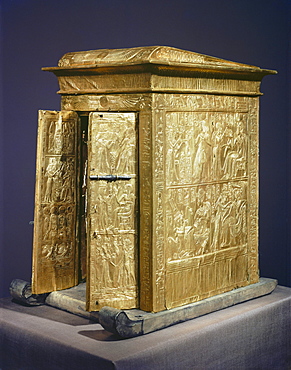
The gilt shrine which originally contained the statuettes of the royal couple in the tomb of the pharaoh Tutankhamun, discovered in the Valley of the Kings, Thebes, Egypt, North Africa, Africa
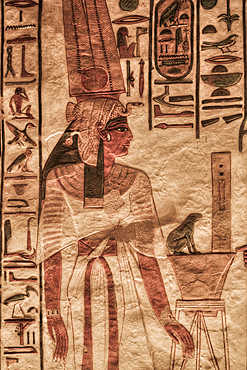
Image of Nefertari, Paintings and Relief, Tomb of Nefertari, QV66, Valley of the Queens, Ancient Thebes, UNESCO World Heritage Site, Luxor, Egypt, North Africa, Africa
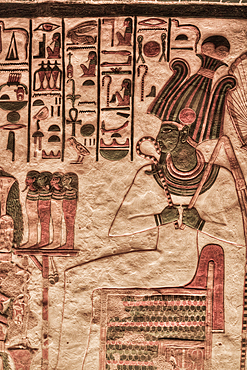
Image of God Osiris, Paintings and Relief, Tomb of Nefertari, QV66, Valley of the Queens, Ancient Thebes, UNESCO World Heritage Site, Luxor, Egypt, North Africa, Africa
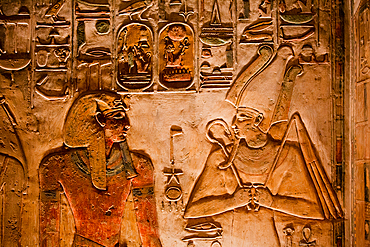
Pharaoh Seti I on left and God Osiris right, Bas Relief, Tomb of Seti I, KV17, Valley of the Kings, Ancient Thebes, UNESCO World Heritage Site, Luxor, Egypt, North Africa, Africa
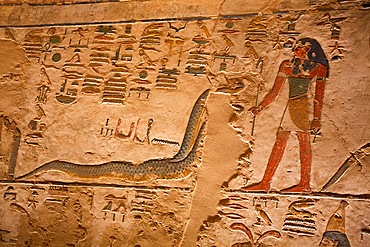
Bas Relief, Tomb of Seti I, KV17, Valley of the Kings, Ancient Thebes, UNESCO World Heritage Site, Luxor, Egypt, North Africa, Africa

Centuries Old Cannons, Havana Castle of the Royal Force (Castillo de la Real Fuerza), Havana Old Town, UNESCO, Havana, Cuba
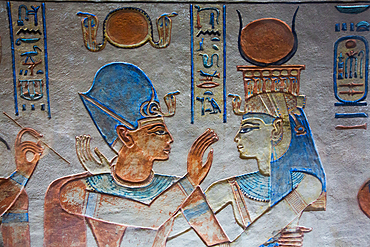
Image of Pharaoh on left, Bas Relief, Tomb of Prince Amenherkhepshef (Amenkopshef), QV55, Valley of the Queens, Ancient Thebes, UNESCO World Heritage Site, Luxor, Egypt, North Africa, Africa
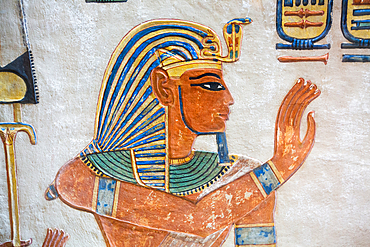
Image of Pharaoh, Bas Relief, Tomb of Prince Amenherkhepshef (Amenkopshef), QV55, Valley of the Queens, Ancient Thebes, UNESCO World Heritage Site, Luxor, Egypt, North Africa, Africa
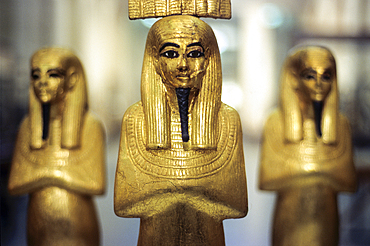
Gold statuettes, tomb of Tutankhamun, Museum of Egyptian Antiquities, Cairo, Egypt, North Africa, Africa
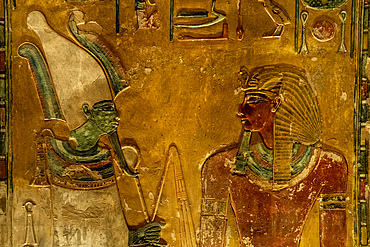
Tomb of Seti I, Valley of the Kings, UNESCO World Heritage Site, Thebes, Luxor, Egypt, North Africa, Africa
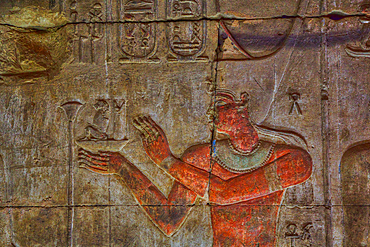
Reliefs, Temple of Opet, Karnak Temple Complex, UNESCO World Heritage Site, Luxor, Egypt, North Africa, Africa
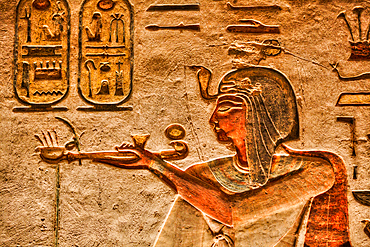
Relief of Pharaoh, Tomb of Rameses III, KV11, Valley of the Kings, Ancient Thebes, UNESCO World Heritage Site, Luxor, Egypt, North Africa, Africa
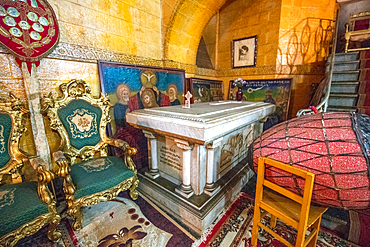
Royal tombs and artifacts within the Beata Maryam Church, resting place of Menelik II and his wife and daughter. Addis ababa, Ethiopia.
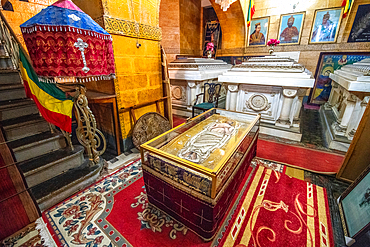
Royal tombs and artifacts within the Beata Maryam Church, resting place of Menelik II and his wife and daughter. Addis ababa, Ethiopia.
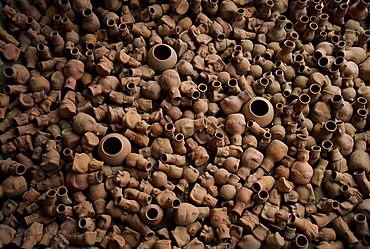
Clay pots piled on a tomb of the Lord of Sipan archeological site near Chiclayo, Peru in the Lambayeque Valley. Archaeologists uncovered burial places of several lesser important figures besides royalty at Sipan. One, a high priest, had a tomb almost as impressive as the royal ones. Another burial contained 1,137 pots shaped into warriors, priests, prisoners, musicians, and anthropomorphic deities, Sipan, Peru
